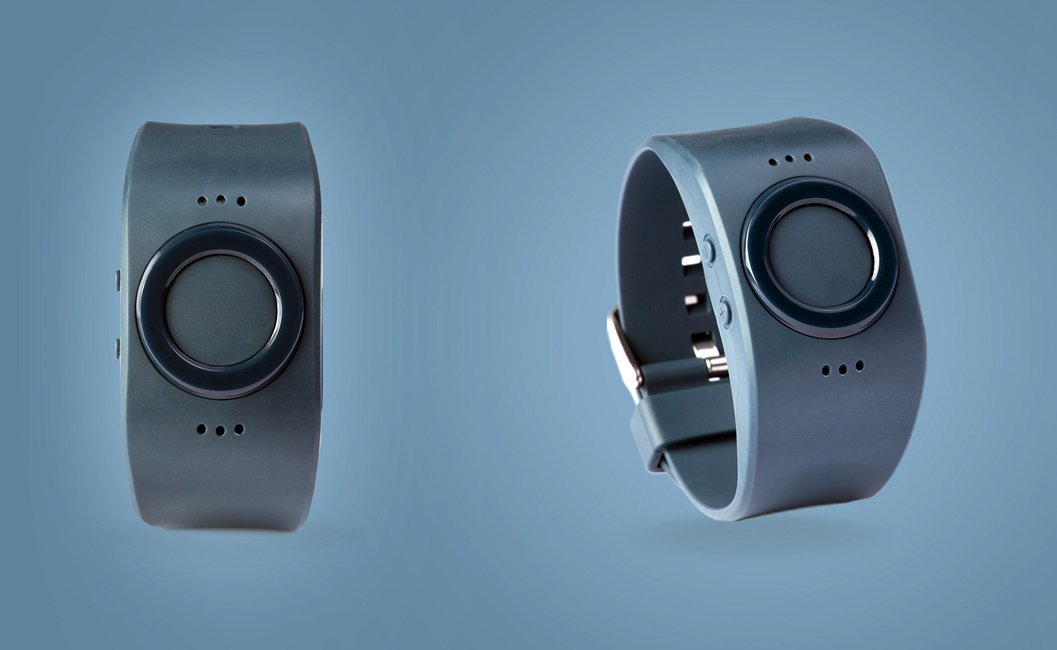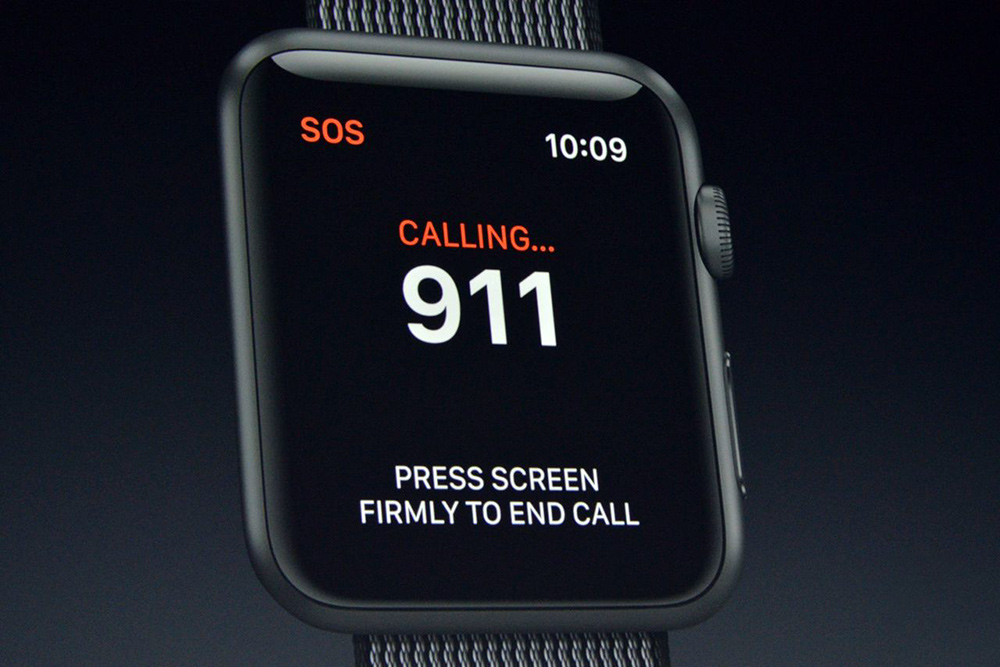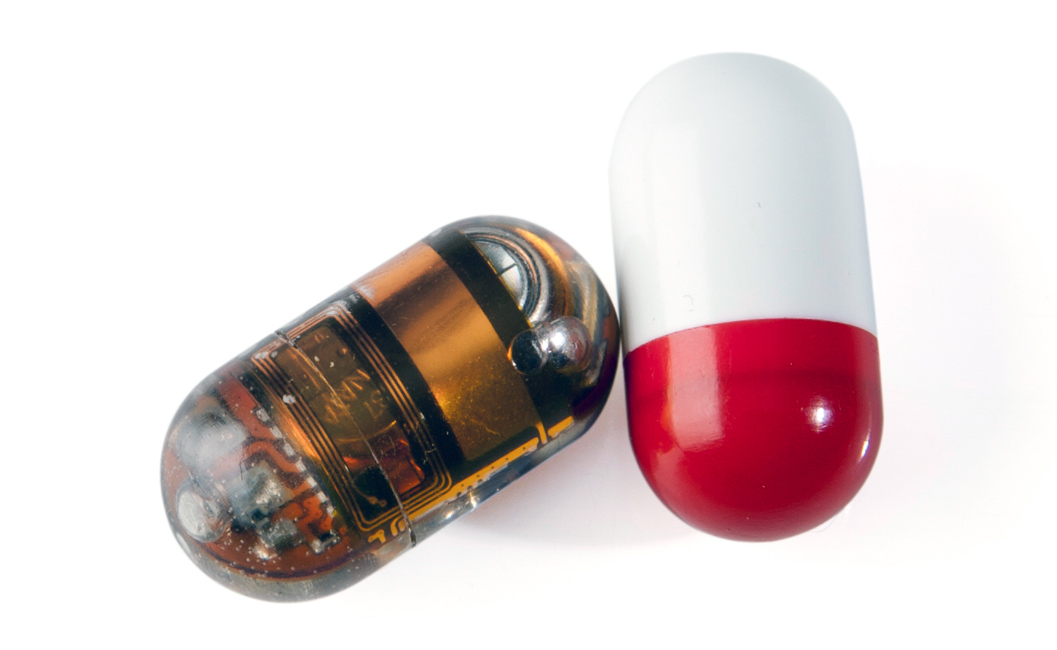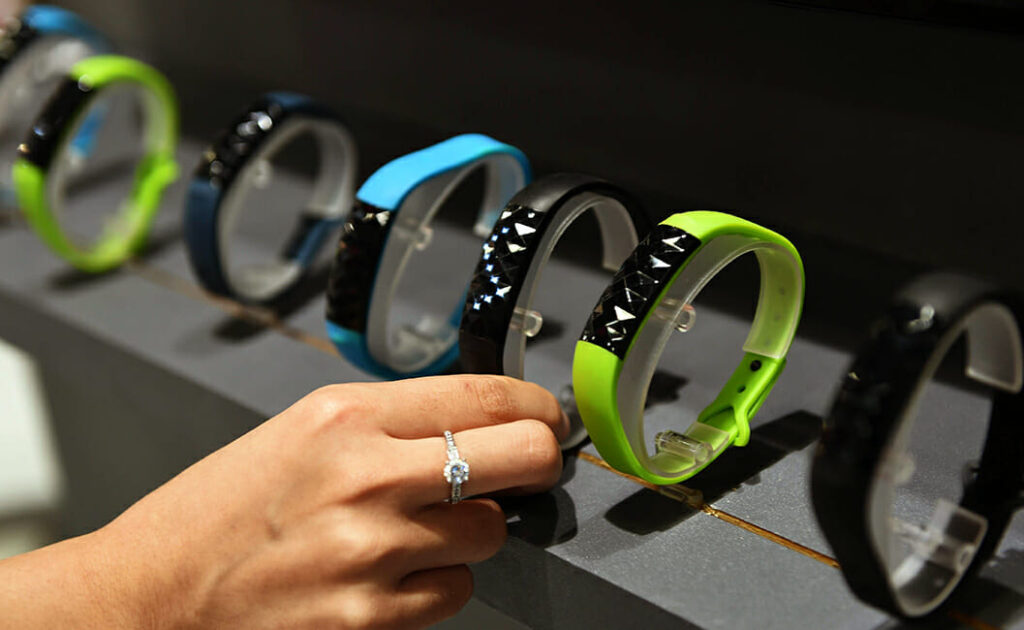The latest “Wearable Technology and the Internet of Things” report from the ConsumerLab team at the Swedish tech giant Ericsson, has some interesting data not only for the wearable tech makers but also for us, the buyers.
The report captures the opinion of 5.000 consumers from U.K., U.S., China, South Korea, Brazil and the findings are interesting to say at least. Conform to the report; the most desired wearable gadget is, or at least it has to have a panic/SOS button.
Wearable Sensors And Features We Want In A Smartwatch

The second “must have” feature is notification capabilities, while in the third place is the location tracking. The last two most wanted features/gadgets are the identity authenticator and a water purifier.
It is interesting to see that the most sought feature in a wearable device is the panic button, and the big smartwatches and fitness trackers makers should take this information into consideration. I have checked the other day a few crowdfunding platforms and found quite a few smart wearables with a panic button.
However, none of the big players like Misfit or Fitbit have a panic button built in their trackers. With 32% of the interviewed users expressing their desire of being able to summon the emergency forces, police, ambulance or even a friend with just the tap of a button, it seems like there is an enormous market potential out there.
Update: Not even a day after we have published this article, Apple gave the Apple Watch the so much requested panic button capabilities. Announced at WWDC, thanks to the new one click SOS feature implemented in the new watchOS 3, you can now long-press the side button on your watch to call the emergency services.

Apple Watch knows the country you are in, and it will call the right number. As soon as you end the call, your watch will also send your location data to the emergency teams.
Ingestible Wearable Sensors Are The Future

Furthermore, the report shows that despite the majority of wearable tech users – 54 percent of them – being under 34 years old, the most active users are between 35 and 44 years old.
Also, the experienced users are more engaged with their trackers and show increasing interested in the healthcare capabilities of their wearables. The ConsumerLab’s findings back up many of the previous market studies, all highlighting the market’s inclination towards a new generation of health and safety wearables.
Ericson’s report goes on revealing that the ownership of wearables has doubled in 2015. However, over 60 percent of the respondents believe that the future of wearables lies in smart pills and implantable microchips.
“Although most consumers showed increased interest in the personal health and safety devices, we see an openness to more advanced wearable technology. In five years time, walking around with an ingestible sensor, which tracks your body temperature and adjusts the thermostat setting once you arrive at home, is going to become a reality,” said Sing Sethi, the spokesperson at Ericson ConsumerLab.
In the last part, the report gives us a glimpse at the future of wearable tech through the majority of respondents expecting the wearables to intersect with the Internet of Things (IoT) at some point in the future.
Medical wearables, implantables, smart garments, all communicating with smart cars, connected objects, payments methods, all leading to faster medical help, instant user identification and so on.






